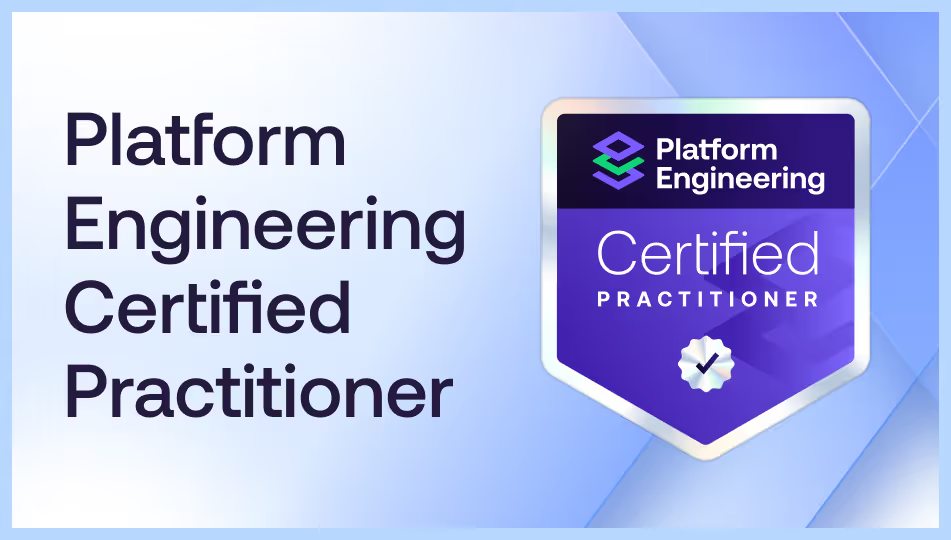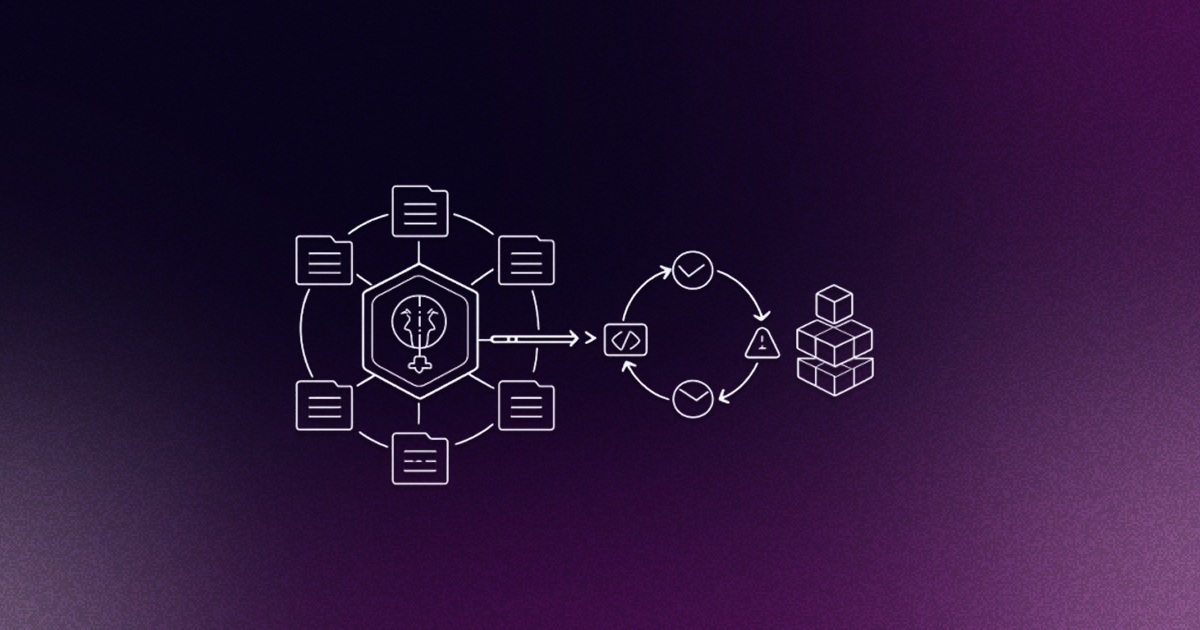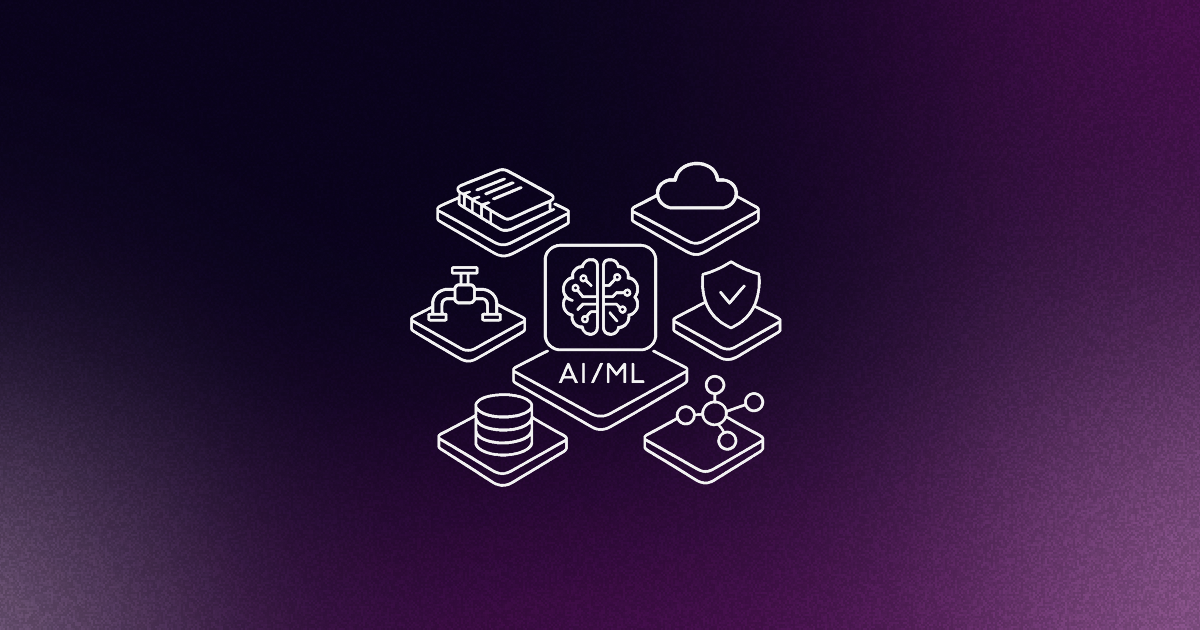The engineer’s reality
Every engineer knows the feeling. You hit “build” and stare at the screen while minutes tick away. You run yet another local reload via "serve" and wait for the browser to catch up. You try to refocus, but the momentum is gone. Frustration builds.
At one of my previous clients, this was daily life. Developers were stuck in 20-minute pipeline cycles and 20-second+ local reloads. With 200 reloads a day, the wasted time compounded into hours of lost flow.
The cost was not just time. Context switching meant developers left features half-finished. Teams carried more frustration into standups. Delivery slowed. What looked like “just builds” was actually a hidden drag on the entire product organization.
Key Point: build delays are not just inconvenience. They are lost velocity, wasted payroll and a silent tax on morale.
And here’s the bigger picture: those daily frustrations compound into millions lost annually when scaled across teams.
The recent Platformetrics ROI Model gives leaders a lens to estimate savings. This case shows what that looks like in practice.
The platform leaders challenge
Platform leaders step into this reality with one clear mission: reduce cognitive load and enable teams to flow. But how do you prove the value of that mission in numbers that leaders recognize?
We approached it as an MVP, knowing that proving value fast was the only way to gain trust. The starting point was rough: multiple frontend apps, each with its own repo, its own build setup and a collection of webpack configs that no one wanted to touch. Teams had learned to live with the pain, and some senior engineers were skeptical of centralization. They worried about losing flexibility, about being locked into a single framework or about yet another “platform” slowing them down.
The principle was clear: build a golden path, not a golden cage. That meant choosing a baseline setup that solved 80% of problems out of the box but left room for deviation when truly needed. Nx gave us the backbone and we focused on making the developer experience seamless.
In 8 to 10 weeks, we onboarded the first three frontend applications into a new Nx monorepo. Each application was transformed into a microfrontend and plugged into a shared golden path. The migration effort was small: about 1 to 2 weeks of a single FTE per application. But the impact was outsized. Seeing those first apps build faster and integrate smoothly, flipped sentiment. Doubts about lock-in gave way to demand for onboarding.
The difference was immediate.
- Pipeline lead time: cut by 60% (20 minutes → 8 minutes)
- Local reloads: 50 to 75% faster (20s → 10–5s)
This was not theory. It was measurable with DORA metrics: lead time for changes, deployment frequency and change failure rate. For the first time, we could show the platform’s effect in the same language used to measure engineering productivity across the industry.
Key Point: platform adoption is not abstract. With DORA metrics, it becomes visible and quantifiable.
The executive payoff
A €200K investment for €2M+ in yearly savings. In other words: a 10x return on investment.
Executives rarely care about build tools. What they care about is cost, speed and risk. We translated the engineering impact into their language.
The total investment was about €200K all-in, covering migration effort and platform licensing.
ROI math: How €2M+ emerged from build cycles
- 50 developers onboarded
- 200 reloads per dev per day
- Reloads sped up by 10–15 seconds
- Annual savings: €540K–€1.08M from reloads alone
- Pipeline runs cut from 20 → 8 minutes 5 times a day
- Annual savings: €900K–€1.2M from pipelines
Combined total savings: €1.5M–€2.5M/year
Even under conservative assumptions' payback was under one month.
And this calculation covered only the first 50 developers onboarded. With ~200 frontend engineers in scope, the €2M figure represented a conservative slice of the potential upside.
The return was over €2M in yearly savings. By reclaiming wasted developer time, the payback period was just ~4 weeks with recurring gains every year beyond that.
Executives who once saw the platform as a cost center began to view it as a value engine. Instead of asking “why are we spending here” the conversation shifted to “what more could we unlock.”
Key Point: ROI reframes the platform from overhead to one of the highest-return investments in the tech budget.
The culture layer: People, not just costs
It would be a mistake to stop at numbers. Platforms succeed when they support people. This is where SPACE complements DORA.
The SPACE framework tracks satisfaction, performance, activity, collaboration and efficiency. In this case, directional signals were obvious:
- Developers were less frustrated
- Teams spent less time chasing broken builds
- Collaboration improved because the workflow was consistent
“Developer satisfaction isn’t soft, it compounds into retention and velocity.”
While these signals were not yet quantified into retention or attrition numbers, the trajectory was clear. Happier developers meant less turnover risk. Each engineer lost can represent ~€120K–150K in hidden attrition costs. Even a small improvement in retention quickly compounds into millions in savings on top of the productivity gains.
Key Point: ROI is not only about time and money. It is about enabling people to thrive in their daily work.
How to run your own ROI check
For platform leaders who want to replicate this exercise, here’s a simple 3-step check adapted from the Platformetrics Framework.
- Baseline your metrics: track current build times, pipeline cycles and reloads per developer
- Calculate reclaimed hours: multiply time saved per activity × frequency × team size
- Apply cost lens: multiply by average developer hourly rate to get annual savings
Even a rough estimate is often enough to prove the case for platform investment at the board level.
The broader lesson
Treating platforms as products is not enough on its own. Without ROI, platforms risk looking like productivity theater: a shiny tool set without proof of impact.
The lesson here is simple:
- DORA metrics show engineering velocity
- ROI framing makes it visible to the board
- SPACE signals ensure the cultural layer stays alive
Together they provide a full-stack view of platform impact. Engineers see fewer delays. Platform leads see adoption through golden paths. Executives see millions saved and teams moving faster.
This is the language that unites all three audiences. It moves platform engineering from a cost narrative into a value narrative.
The Platformetrics Framework provides the lens. This case provides the view through it.
The next wave of platform leaders will not just deliver tools, they will prove ROI in ways boards cannot ignore.












